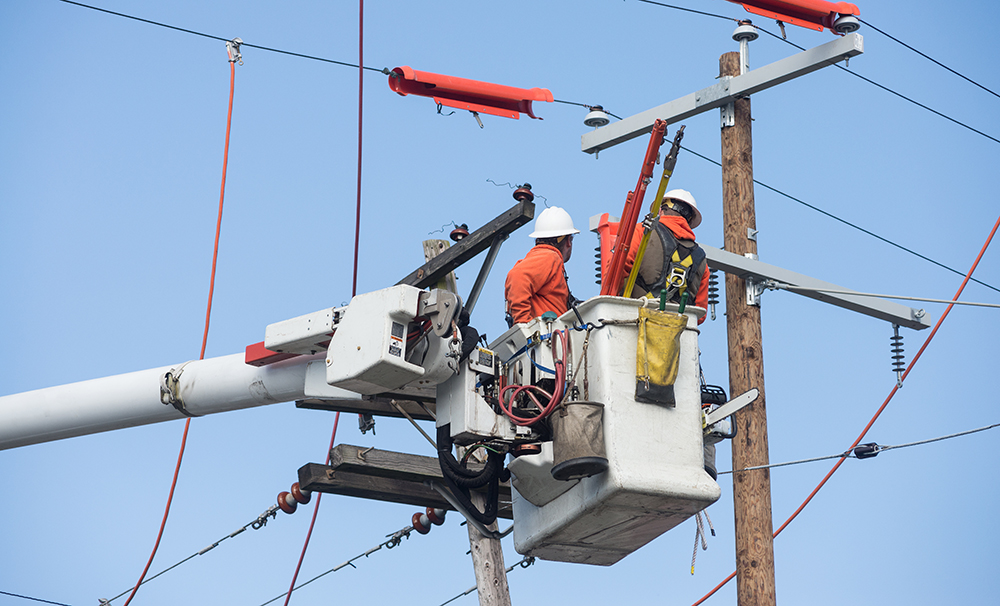Protect Workers from Heat Stress
Heat Exposure
Occupational heat exposure occurs both outdoors and in hot indoor environments. Operations involving high air temperatures, radiant heat sources, high humidity, direct physical contact with hot objects, or strenuous physical activities have a high potential for causing heat-related illness. When a person works in a hot environment, the body must get rid of excess heat to maintain a stable internal temperature.
Hazard Recognition
Heat can build up, leading to mild heat illness, or worse, heat stroke or exhaustion. Due to PPE requirements, especially when performing specialized tasks (welding, grinding, etc.), being mindful of the symptoms of heat illnesses and being able to take rest and water breaks will go a long way in preventing major heat-related problems.
Safety Check
- What am I about to do?
- What tools do I need?
- How could I get hurt?
- What will I do to protect myself and others?
How Mindfulness Can Help
Mindfulness is being aware of your environment and surroundings; an awareness of, and focus on, the proper way to perform tasks. Mindfulness increases clarity and cognitive control. It also improves your ability to communicate, problem-solve, and handle stressful situations. Mindfulness fosters responsiveness rather than reaction. Running the task through your mind can have a powerful effect on your actual ability to perform the task safely and completely.
Body Mindfulness
Use these questions to check in when working on job sites in extreme or harsh weather conditions:
- What do you notice about your surrounding environment and your bodily functions in relation to the working conditions?
- What do you need to feel your best and remain alert while working in extreme hot weather conditions?
Worker Readiness
- Are you aware that certain personal protective equipment can increase risk for heat stress?
- Do you have adequate potable (safe for drinking) water close to the work area? Rule of thumb – 5oz per 20 minutes
- Are you able to distribute the workload evenly over the day, incorporate work/rest cycles, schedule heavier work for cooler times of the day, or rotate job functions among workers to help minimize overexertion and heat exposure?
- Are you mindful of symptoms of heat-related illness and prepared to handle a heat illness emergency situation?

